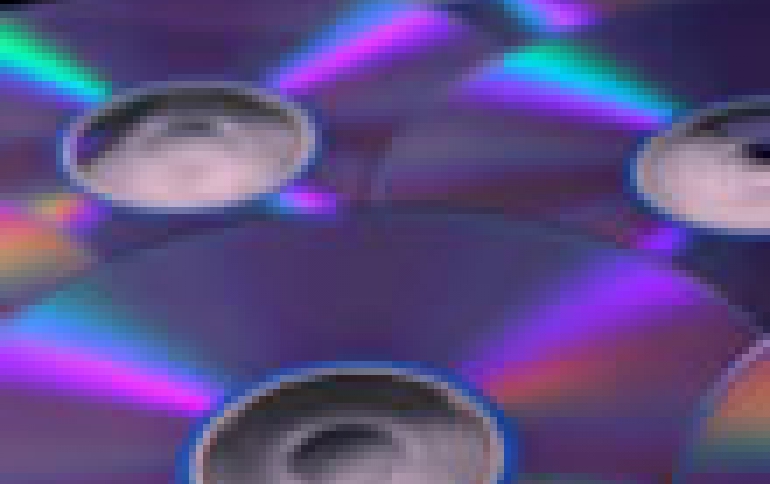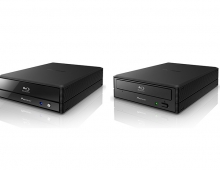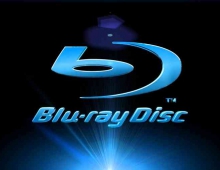
New Data Storage Method Could Boost Capacity Of Optical Storage Media
Researchers at London's Imperial College, working with Russian scientists and engineers at the Kazan Federal University, have described an electro-optical phenomenon that may offer the possibility to increase the density of information storage in optical media, by many orders of magnitude.
To date, optical storage media, such as DVD or Blu-ray, lag significantly behind in capacity compared with hard drives, flash memory and other solid state drives. However, storing a higher density of data using light cannot be accomplished due to restrictions imposed by the so-called "diffraction limit".
This term refers to a physical phenomenon - the inability to focus a beam on the surface of objects whose size is smaller than the wavelength of the light (about 400 nm in the case of Blu-ray). For this reason, the density of recording information on all optical storage media is noticeably inferior to what is possible in magnetic or electronic data recording systems.
The researchers have found a way around this limitation and have managed to increase the recording density to hundreds of terabytes per square inch, using two things - organic dyes based on azobenzene, and a special light antenna. The researchers found that shining a laser on azobenzene molecules in an electric field causes them to flip. This creates a change in the optical properties of the dye molecules allowing them to act as information carriers. In this way the researchers can use azobenzene films to create optical memory which "violates" the diffraction limit.
Further to this, the researchers developed methods for recording and reading information from such films using a nanoantenna, which absorbs the laser light, amplifies and focuses it on the point where you want to write or read information.
The research was led by Professor Sergei Kazarian from the Department of Chemical Engineering at Imperial College London, in collaboration with researchers from the Kazan Federal University in Russia. Professor Kazarian said "With further improvement to this technology we could reach data storage densities of petabytes per square inch, in other words a conventionally sized disc would hold about a million times more information than a modern DVD and hundreds of times more than the most capacious modern hard disks. We could potentially solve the problem of how we will store the ever-growing amount of data in the future, especially for things such as video or the Internet of Things."





















